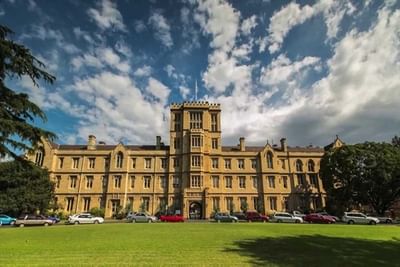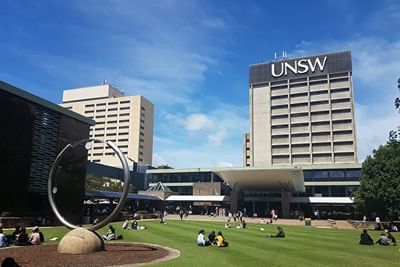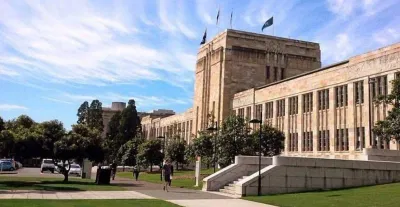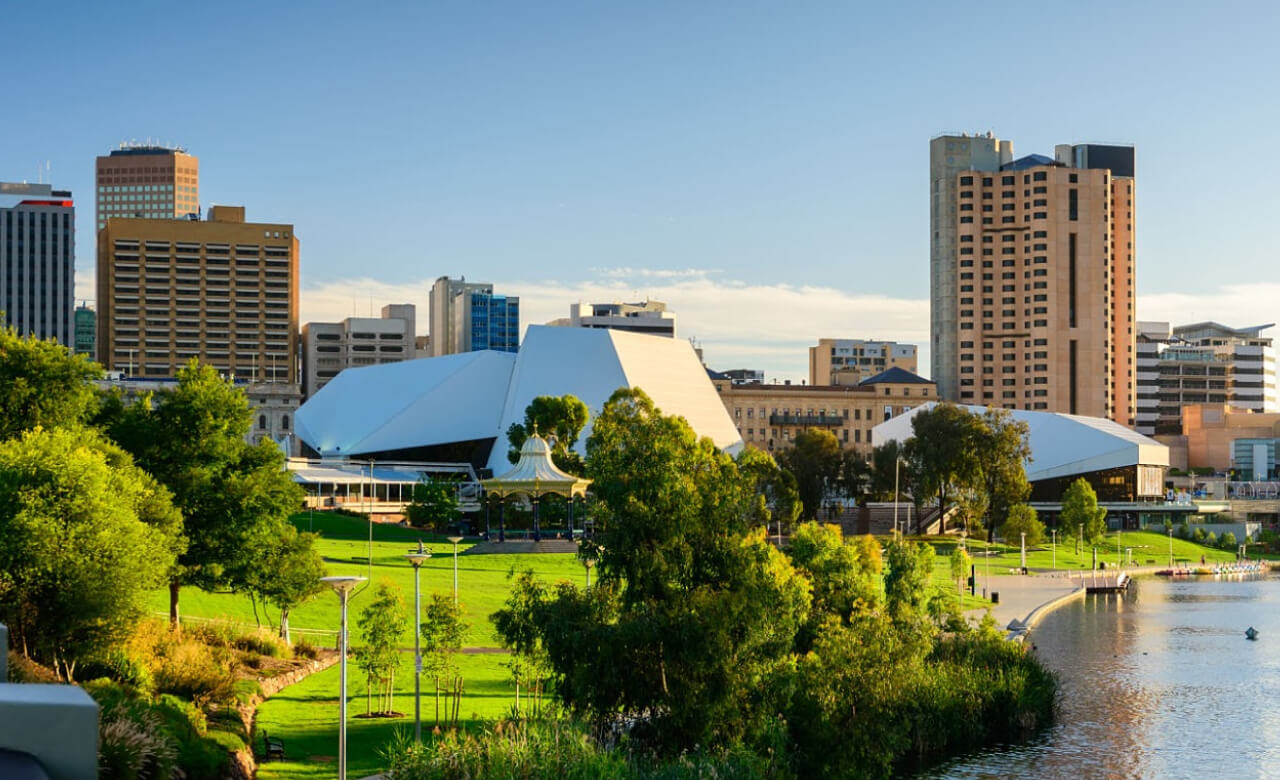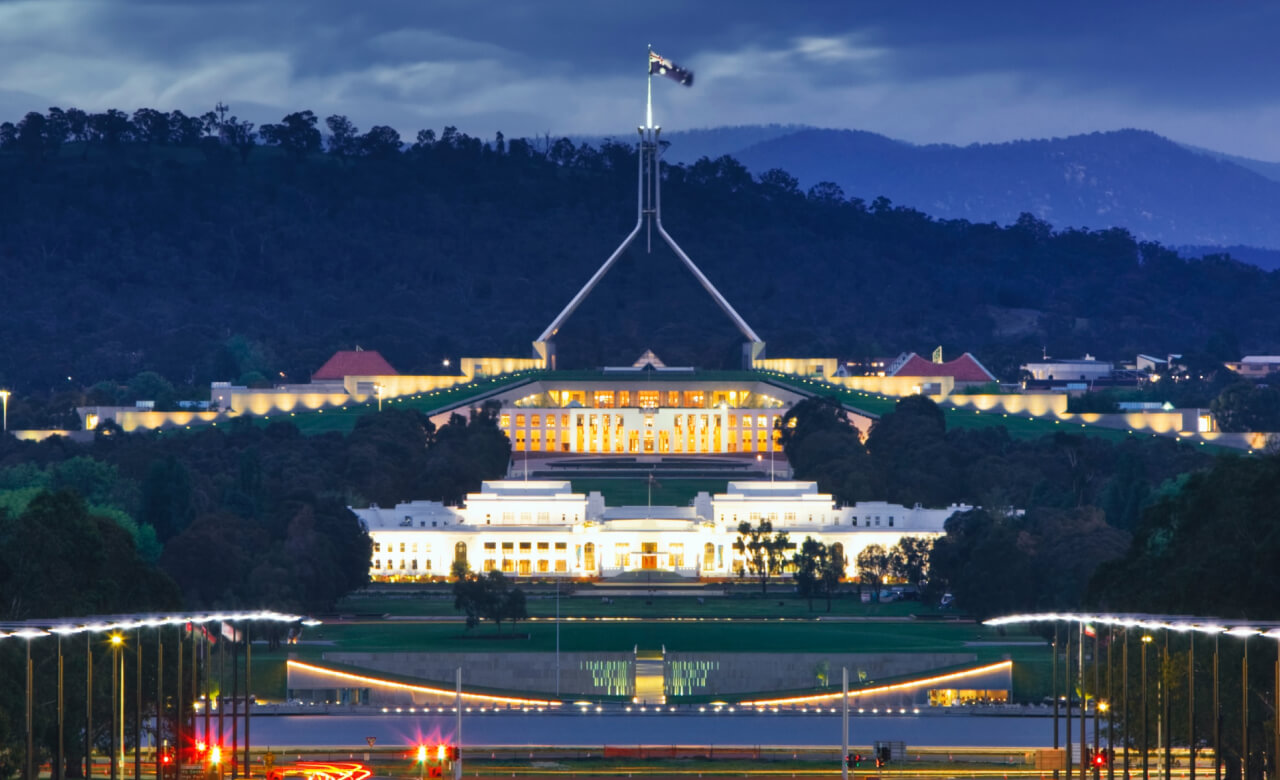Study in Australia

Australia is known for its stunning landscapes and vibrant cities, offering a unique blend of world-class education and a laid-back lifestyle. With top-ranked universities like the University of Melbourne and Australian National University, students can explore diverse fields ranging from marine biology to arts and technology. Imagine studying under the sun while enjoying breathtaking views of the Great Barrier Reef or the Outback.
The country boasts a rich cultural tapestry with a population that is one of the most ethnically diverse in the world—around a quarter of Australians were born overseas. This multicultural environment not only enhances the learning experience but also allows international students to immerse themselves in vibrant local cultures. With its warm climate, friendly locals, and numerous outdoor activities, Australia is not just about academics; it’s also about enjoying life outside the classroom.
|
Aspect |
Details |
|
Top Universities |
Includes the Group of Eight (Go8): University of Sydney, University of Melbourne, Monash University, etc. |
|
International Student Enrollment |
Approximately 3.13 million students, with a significant portion being international students. |
|
Popular Fields of Study |
Management, Commerce, Health Sciences, Engineering, and Information Technology. |
|
Tuition Fees |
Ranges from AUD 20,000 to AUD 45,000 per year depending on the programme and institution. |
|
Cost of Living |
Estimated at around AUD 1,000 to AUD 2,500 per month, varying by location and lifestyle. |
|
Work Opportunities |
Students can work up to 20 hours per week during studies and full-time during breaks. |
|
Cultural Diversity |
Australia is home to a multicultural population, enhancing the educational experience for international students. |
|
Post-Study Work Visa |
International graduates may be eligible for a post-study work visa for up to four years, depending on their qualifications. |
Why Study In Australia?
Studying in Australia offers a wealth of benefits that make it an attractive destination for international students. Here are some compelling reasons to consider:
1. Diverse Educational Opportunities
Australia boasts over 22,000 courses across 1,100 institutions, catering to a wide range of academic interests from traditional fields to innovative disciplines like data science and AI. This diversity ensures that students can find programmes that align with their career aspirations.
2. Globally Recognised Qualifications
Australian degrees are highly respected worldwide, enhancing employability and opening doors to international career opportunities. The country is home to several top-ranked universities, making it a hub for quality education.
3. Scholarships and Financial Aid
To help ease financial burdens, Australian universities offer numerous scholarships—over 3,000 annually for international students. These financial aids make quality education more accessible.
4. Strong Post-Study Work Opportunities
Graduates enjoy robust career prospects, with 72.9% of undergraduates finding full-time employment within four months of graduation. Australia’s thriving job market values the practical skills imparted by its education system.
5. Supportive Student Services
Australian universities provide excellent support services for international students, ensuring a smooth transition and positive experience. According to surveys, 89% of students report satisfaction with the support they receive.
Intakes In Australia
Australia offers three main intakes for international students, each with its own timeline and availability of courses:
|
Intake |
Duration |
Application Deadline |
|
February Intake |
February - June |
October - November of the previous year |
|
July Intake |
July - November |
April - May |
|
November Intake |
October - January |
September |
February Intake
- Known as the primary intake, it is the most popular option, offering a wide range of courses and more scholarship opportunities. This intake allows students to start their studies at the beginning of the academic year.
July Intake
- This is the secondary intake, providing another chance for students who may have missed the February intake. While many courses are available, not all programmes are offered during this period.
November Intake
- The least popular option, this intake has limited course availability and fewer financial aid options. It is primarily suitable for students looking to boost their credentials with specific add-on courses.
Available Courses To Study
Australia offers a variety of top courses that align with industry needs and provide students with excellent career prospects. Here’s a summary of some of the most sought-after Master courses in Australia:
Finances
Cost To Study In The Australia
The cost of studying in Australia varies significantly based on the level of education and the type of institution. For international students, the average annual tuition fees are approximately:
- Undergraduate Bachelor Degree: AUD 20,000 - 45,000
- Postgraduate Masters Degree: AUD 22,000 - 50,000
- Doctoral Degree: AUD 18,000 - 42,000
- Vocational Education and Training: AUD 4,000 - 22,000
- English Language Studies: AUD 300 per week
Cost Of Living in Australia
The living cost in Australia for international students varies based on lifestyle, location, and accommodation choices. On average, students should budget between AUD 20,000 and AUD 39,000 per year for living expenses, which includes accommodation, food, transportation, and personal costs.
Breakdown of Monthly Expenses
- Accommodation: AUD 800 - 2,000
- Utilities: AUD 270 - 490
- Groceries and Food: AUD 65 - 250
- Transportation: AUD 15 - 46
- Entertainment: AUD 30 - 150
- Overseas Health Cover (OSHC): AUD 20 - 30 per week
Annual Estimate
The Australian government recommends a minimum of about AUD 24,505 per year for living expenses. However, this can fluctuate based on the city—metropolitan areas like Sydney and Melbourne tend to be more expensive than regional cities like Adelaide or Perth.
Cost Of Studying In Australia
Interest rates as low as 8.9% *
Avg. on-campus living expense AU$19,860
250K+
Students Assisted
800Cr+
Loan Amount Disbursed
5000+
Loans Sanctioned
Admission Process
To study at universities in Australia, international students must meet specific admission requirements, which generally include academic qualifications, English language proficiency, and visa conditions.
Academic Requirements
- Undergraduate Courses: Students typically need to have completed an equivalent of the Australian Year 12 or the Senior Secondary Certificate of Education.
- Postgraduate Courses: A recognised undergraduate degree is required.
- Vocational Education and Training (VET): Requirements vary by course, often specific to the programme.
English Language Proficiency
Since courses are taught in English, students must demonstrate proficiency through standardised tests such as:
- IELTS: Minimum scores vary by university but generally range from 6.0 to 7.0.
- TOEFL: Accepted with varying minimum scores.
- Other tests like PTE and Duolingo may also be accepted.
Additional Requirements
- Some programmes may require additional assessments such as interviews, portfolios, or prerequisite subjects.
- Students must also meet visa requirements, including obtaining Overseas Student Health Cover (OSHC) and demonstrating sufficient funds for tuition and living expenses.
Visa Application
To apply for a student visa in Australia, international students must obtain a Student Visa (Subclass 500), which allows them to study at a designated institution. Key requirements include:
- Proof of Enrolment: An Electronic Confirmation of Enrolment (eCOE) from an approved education provider.
- Valid Passport: A current passport is essential for the application.
- Visa Application Fee: Payment of the visa application fee, which starts at AUD $1,600.
- Genuine Temporary Entrant (GTE) Requirement: A statement demonstrating the intention to study temporarily in Australia.
- Financial Evidence: Proof of sufficient funds to cover tuition, living expenses (approximately AUD $21,041 per year), and travel costs.
- English Proficiency: Evidence of English language skills through tests like IELTS or TOEFL.
- Health Insurance: Overseas Student Health Cover (OSHC) is mandatory for the duration of stay.
Students are advised to submit their visa applications at least 8 to 12 weeks before their course starts, and they can apply online through the Department of Home Affairs' ImmiAccount system.
How to Apply To University In Australia
Applying to universities in Australia involves several key steps that ensure a smooth transition to your educational journey. Here’s a concise overview of the process:
- Choose Your Course and Institution: Research various courses and universities to find the best fit for your academic and career goals. Consider factors like course specialisation, campus facilities, and support services for international students. Students can reach out to UniScholars to get their queries answered, and a free counselling session that eases their decisions.
- Prepare Your Application: Gather necessary documents, which typically include:
- Academic transcripts from previous studies.
- Proof of English language proficiency (e.g., IELTS, TOEFL).
- A summary of any relevant work experience.
- Application form and any required application fees (usually between AUD 50-100).
- Submit Your Application: Apply directly to the university of your choice, either online or via post. Each university has its own application process, so ensure you follow their specific guidelines.
- Await Processing: After submission, the university will assess your application. This may take a few weeks, especially for postgraduate programmes.
- Accept Your Offer: If accepted, you will receive a letter of offer. Carefully review it, meet any conditions specified, and submit an acceptance form along with any required tuition fees.
- Prepare for Departure: Once you accept your offer, you can apply for a student visa (Subclass 500). Ensure you have Overseas Student Health Cover (OSHC) and other necessary arrangements in place before arriving in Australia.
By following these steps and preparing well in advance, you can navigate the application process smoothly and embark on an enriching educational experience in Australia.
Visa Process and Requirements
To apply for a student visa in Australia, international students must obtain a Student Visa (Subclass 500), which allows them to study at a designated institution. Key requirements include:
- Proof of Enrolment: An Electronic Confirmation of Enrolment (eCOE) from an approved education provider.
- Valid Passport: A current passport is essential for the application.
- Visa Application Fee: Payment of the visa application fee, which starts at AUD $1,600.
- Genuine Temporary Entrant (GTE) Requirement: A statement demonstrating the intention to study temporarily in Australia.
- Financial Evidence: Proof of sufficient funds to cover tuition, living expenses (approximately AUD $21,041 per year), and travel costs.
- English Proficiency: Evidence of English language skills through tests like IELTS or TOEFL.
- Health Insurance: Overseas Student Health Cover (OSHC) is mandatory for the duration of stay.
Students are advised to submit their visa applications at least 8 to 12 weeks before their course starts, and they can apply online through the Department of Home Affairs' ImmiAccount system.




